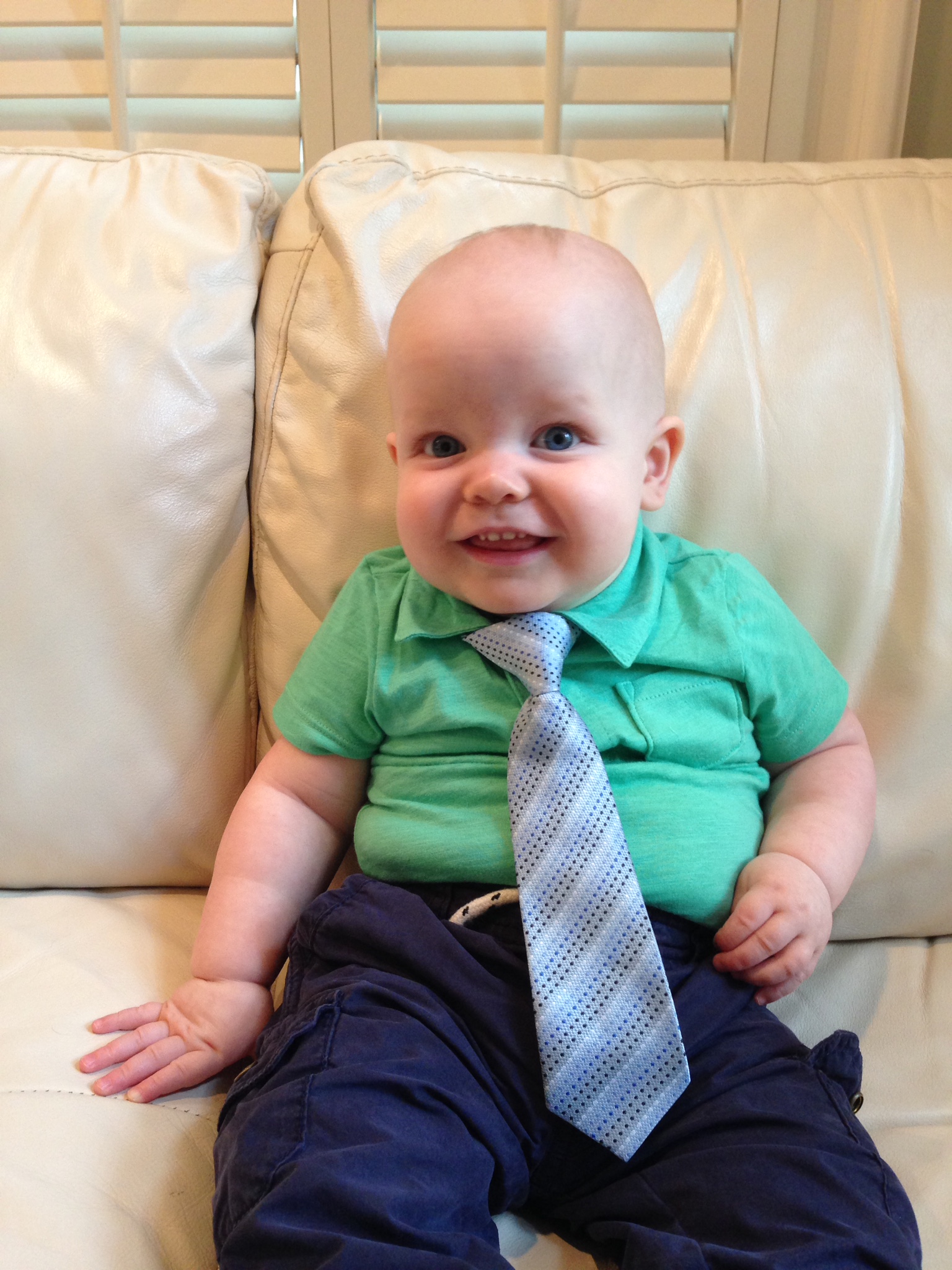Infant's Unusual Head Shape Reveals Dangerous Condition
Mom shocked to find infant's skull fused together.
— -- At 2 months old, Matthew Boler had bright eyes, chubby cheeks and an odd-looking head that was narrow and oblong.
Matthew's mother Megan Boler just thought her new baby had bucked the trend of family trait of large round heads.
“We definitely thought it looked a little unusual. We thought maybe he has an unusual-shaped head,” said Boler. “We didn’t think about any of the ramifications.”
But during Matthew's 2-month checkup, the pediatrician looked at Boler and said told her she couldn’t find Matthew’s soft spot on his head and that he might have possibly dangerous condition called craniosynostosis.
“Don’t take this lightly, I want to refer you to the neurosurgeons at Texas Children’s Hospital,” Boler remembered her pediatrician saying.

At Texas Children’s Hospital in Houston, doctors found that Matthew had a type of craniosynostosis called sagittal synostosis, meaning his skull had fused on the back of his head too early. As a result his brain had no place to grow, which led to his odd head shape.
“His brain was growing underneath but the skull doesn’t allow for it because of the way it’s fusued,” said Dr. Sandi Lam, Director of Craniofacial Surgery Program at Texas Children's Hospital. “There’s no medicine that will unfuse the bone, the treatment is surgery and basically we have to cut out the bad bone.”
Lam said Matthew's young age helped him because doctors could do the surgery with smaller cuts and his brain would help reform his skull post-surgery.
“The skull is very, very thin, we’re able to use different types of instruments and use endoscope to see everything,” said Lam. “Because of all of this growth that is happening the brain really helps make the baby's new head shape. It rounds everything out from inside out and helps guide how everything heals up.”
Additionally Lam said it’s important to catch the condition early because about 10 percent of children with the condition can end up with high pressure in the brain in the skull which can be dangerous. In rare cases the condition can lead to developmental delays because the brain was unable to grow properly.

Matthew had his surgery at just 10 weeks of age, and within 72 hours was able to get back to being his smiley, bubbly self. Doctors estimated he would have to wear a special helmet almost 24 hours a day for three to 12 months. But he only had to wear it for four months.
“In a 10-hour period the swelling went down and ever since then he hasn’t looked back,” said Boler, who admitted that the 72 hours after surgery “was definitely challenging.”
Just a few weeks from Matthew's first birthday, Boler said you can’t tell anything was wrong with Matthew’s skull. She said she hoped her story would help other parents catch warning signs for craniosynostosis early on.




